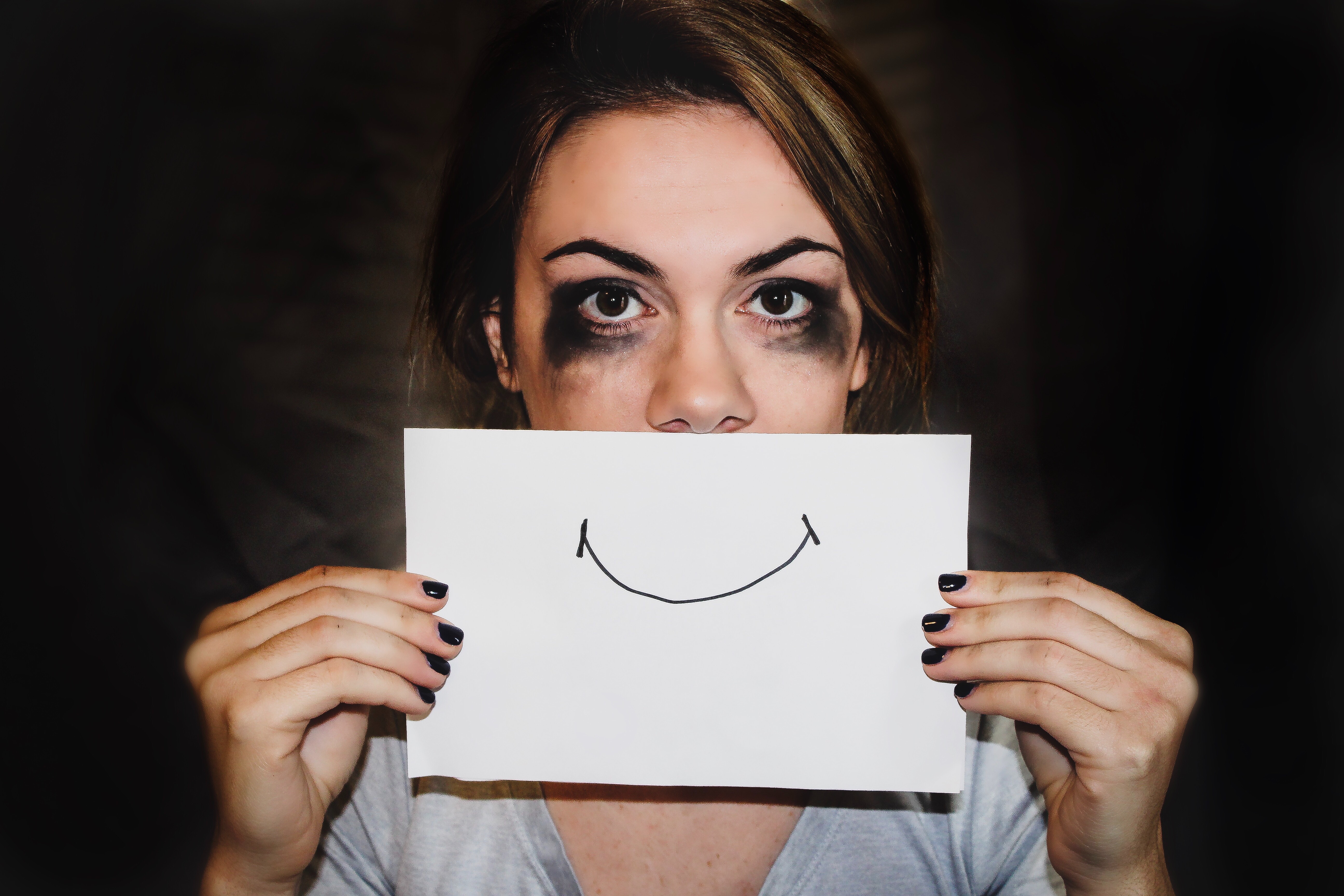Depression is the common cold of mental health issues with more than 350 million sufferers worldwide. The World Health Organization predicts that by 2030 disability and death from depression will surpass that of war, accidents, cancer, strokes, and heart disease combined. Fortunately, it is also one of the most treatable mental health conditions, only phobias respond to treatment better. However, if one has had one episode of major depressive disorder, he or she is more likely to have another. So, though it is very treatable, depression also tends to be recurring. In fact, some have suggested that depression should be treated similarly to an addiction if the premise is that both are lifelong issues.
A great number of circumstances can lead to depression such as unresolved loss, early attachment deficits, a history of victimization, serious relationship issues, an existential vacuum, bitterness and unforgiveness, postpartum, lack of regular exercise, bipolar disorder, hypothyroidism, substance abuse, overwork and exhaustion, and prolonged physical illness. Oftentimes, even after the outward circumstances have changed, the depression lingers.
Another, contemporary, reason for the increase of depression is the changing environment. The rate of change in lifestyle alone is ever increasing, surpassing the human nervous system’s ability to keep pace. People are built to pull back when overwhelmed, and our mood tells us when it is time to do so. So becoming depressed when overwhelmed is actually a good natural regulator of our activity level. It is not ecological, however, to remain in the pulled back state of depression.
In addition to the speed of change, certain lifestyle trends appearing in this century are reinforcing depression. People are getting less sleep, one and a half hours less per night on average than in 1900. This could be a combination of a more demanding schedule in the number of diverse activities we must balance, the level of arousal we must maintain to get it all done, along with the consumption of caffeine and other stimulants needed to keep up. Sleep deprivation over time changes the brain chemistry, thus resulting in depression.
People are also spending much more time indoors, thus missing out on the necessary full spectrum light produced by the sun. When full spectrum light is absorbed by the eye’s iris it signals to the brain to produce neurotransmitters associated with a good mood. There are many reasons for less outdoor time. The evolution of technology increasingly lures people into preoccupation in front of screens for entertainment, shopping, social interaction, or learning just about anything imaginable. Also, exercise is frequently done indoors now. Obviously, lifestyle and physiological contributors to depression must be addressed first, before delving into psychological treatment. Otherwise, treatment may be frustrating, like the proverbial shoveling snow in the snowstorm.
Traditional therapy for depression includes a focus on the client’s thought processes. Is the depression being reinforced by ingrained, even subconscious, negative beliefs, judgments, and assessments regarding oneself, others, the future, or a situation? Though negative thoughts themselves cannot produce depression, they can activate ancient belief systems adopted under stress in the past. Studies show that even reoccurring small traumas can influence our worldview, especially viewpoints established in childhood.
.
Treatment for depression can include a variety of techniques. Cognitive behavior is the traditional treatment, though other approaches have been shown to be equally effective such as EMDR. The EMDR approach is contingent upon the etiology of the depression. In other words, what is at the roots of the depression? What are the original contributing factors?




